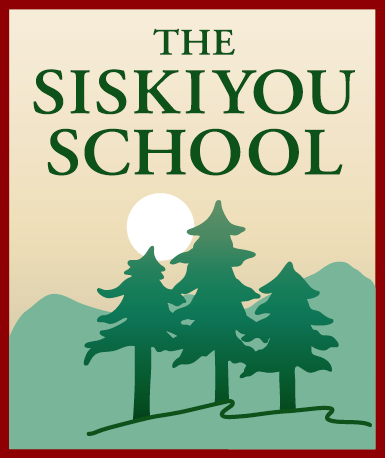Fourth Grade Overview
Although still deep in the heart of childhood, the fourth grader is gaining intellectual ground, realizing they are an individual among many—and must appreciate differences. Who are we? How do we look? How do you know? We always take time for the “why.” Along with traditional academia, various modules complement this transition: map drawings, mythology, calligraphy, clay modeling, speech work and reading music. Fourth grade is when main lesson books become radiant with vast compositions of self-directed artwork.
4th Grade Curriculum at a Glance
MAIN LESSON BLOCKS
Geography/History: Oregon Geography & History; Lewis and Clark; Native American Cultures
Math: Introduction to Fractions I & II
Mythology: Norse Mythology
Science: Animal Studies
Drama: Class Play
Special Projects: Animal Report, Biography Report
4th Grade Curriculum in Detail
LANGUAGE ARTS
Reading: Reading groups provide reading and comprehension practice and exposure to age-level classics; additional reading aloud practice is encouraged at home to further increase fluency
Writing: Writing practice occurs in main lesson and LA Skills classes and includes retelling of main lesson stories, descriptive paragraphs using topic sentences, three-paragraph compositions, journal entries, letters, invitations, greeting cards, thank you notes, apologies; creative writing, poetry. Two guided research projects: Animal Report and Biography Report
Grammar: Continued practice with punctuation, capitalization, and distinguishing between proper sentences versus fragments and run-ons. Students learn the difference between simple and compound sentences and parts of speech are introduced.
Vocabulary: Vocabulary lists are developed from main lesson content; students learn to use dictionaries to discover synonyms and antonyms and practice alphabetizing.
Spelling: Weekly list & quiz which includes vocabulary from main lesson, homonyms, frequently confused words, and words which reinforce spelling rules
Handwriting Continued practice with cursive writing
MATH
Times tables (1 – 12) mastery
Accuracy and speed with basic computations (no fingers!)
Long addition columns, complex subtractions, & making change from $1.00, etc.
Double-digit multiplications & short and long division
Four operations with fractions
Find the LCD and GCF
Recognize prime, composite, and square numbers
Estimate and round
Read graphs and representing data on graphs
Continued work with place value, expanded notation, measurement problems, number patterns, reading/writing of numbers, story and logic problems
FOREIGN LANGUAGE: SPANISH & CHINESE
Continued development of listening comprehension, vocabulary, and speaking ability through listening and following, question/answer activities, songs, poems, rhymes, movement exercises, and games
Continued work with reading and writing
Cultural enrichment activities including celebration of festivals
MUSIC
3 and 4-part rounds and partner songs
Singing with harmony parts
Vocal warm-ups
Music notation with recorders, music theory activities
Study of the families of the orchestra
GAMES
Tag games
Cooperative games & activities
Pre-team sports, games emphasizing skill development and teamwork
Kickball
Circus: stilts, juggling, tumbling, balancing
Yoga
Sportsmanship and conflict resolution
PAINTING & FORM DRAWING
Watercolor Painting - Local landscapes and animals developed through color exercises
Form Drawing – braided forms
HANDWORK
Cross Stitch
More advanced sewing stitches: back stitch and invisible stitch
Create own designs and patterns in cross stitch
Projects: pin cushion & bookmark
WOODWORK
Introduction to carving tools and safety
Simple carved forms (concave & convex)
EURYTHMY
Harmonious group movement to poetry and music
Work with rods – focus, stillness, balance, coordination, rhythm, beat
Work in small groups, team work, building the social aspect
Staying centered while in the flow
Feeling the self and feeling the self as part of the whole
WELLNESS CURRICULUM & TRUST CIRCLES – Guest presenters/facilitators ( 5-6 per year)
Guided class conversations to promote social/emotional awareness and development and good communication





